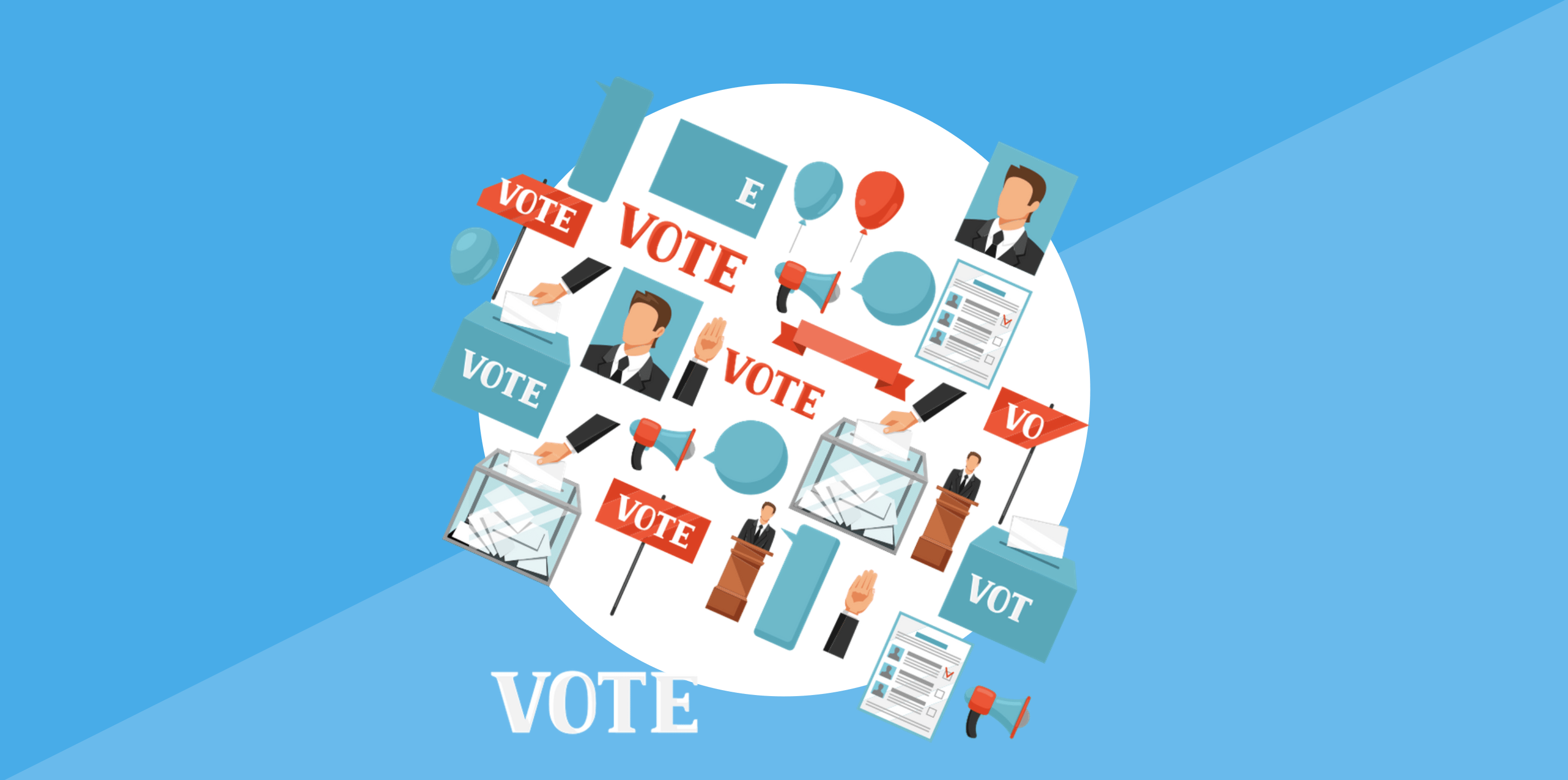Well, we made it through another presidential election. This one felt particularly long, chaotic, and important, and yet it also felt kind of anti-climatic. On the heels of the 2016 election and intense attempts at foreign interference, this time around everything seemed to kind of work out and that’s with nearly 65 million US citizens voting by mail in light of the ongoing global pandemic. So how is it that four years ago we were warned about election interference on a scale not seen before, and now more than 49 months later we keep hearing that we just had the most secure election in history? Let’s dive in.
We covered the importance of paper records and audit trails in our previous blog post about what was needed for this election. Paper records—or audit trails as they are often called—offer a physical, analog means of recording your vote that makes them easily auditable and tamper-proof. If there were ever a year where the audit trail was king, it would be this one. With upwards of 65 million ballots cast by mail this year, each state now has an impressive collection of paper ballots that back up every vote cast.
But individual states didn’t just hand out provisional ballots or mail-in ballots and call it good. Instead, they were simultaneously improving their voting infrastructure as a whole so that many voting devices also included a paper audit trail. So if you voted in 2016 on a digital voting machine (aka Direct Recording Electronic System) in, oh I don’t know, let’s pick an inconsequential state like Georgia (*sarcasm font*)—when you voted in 2020, you most likely used an analog ballot marking machine which produces a tamper-proof, physical record of the vote you cast. You want a recount in Georgia? No problem, they have all the receipts. In Utah, things improved even more! Odds are you voted by mail and either dropped the ballot off to the county clerk yourself or mailed it with our good friends and patriots at the USPS.
To further put the technological improvements in context, the US went from 30% of the registered voter population voting in jurisdictions using Direct Recording Electronic voting systems—i.e. without meaningful paper records—for all votes to just under 12%! In four years, our voting infrastructure improved an incredible amount. Only states like Alabama, Mississippi, Tennessee, and Indiana were sticking with the tried and not-always-so-true digital voting machines for the bulk of their election infrastructure. What’s maybe even more impressive is that we’re comparing 2016 to 2020, but in reality a lot of these changes were made between 2018 and 2020, so kudos to each and every state not named Alabama, Mississippi, Tennessee, and Indiana.
So when people say that this election was the most secure in American history, in part that refers to all the paper ballots and records that were used, counted, and then recounted in some instances. Additionally, because so many of us voted by mail—something, I might add, that we’ve been doing in Utah for something like a century already or a millennium or whatever—we also were able to rely on the expertise of the USPS to deliver our ballots. Yes, even though there were threats of removing or destroying mail sorting equipment in an effort to slow and cripple the delivery of those ballots, the USPS managed to deliver on it’s promise to help us all vote. And they did so in an incredibly secure and safe way, much like they do everyday—but especially impressive heading into the busy holiday season, as evidenced by the fur-lined Crocs you ordered for your spouse that are set to arrive any day. Of course, if you didn’t want to burden the USPS, you had the opportunity to drop your ballot off at one of the numerous dropboxes all over this state. Once you dropped the ballot off you could log online to the world wide web and track your ballot to ensure it reached its final destination! #transparency
As with all great experiments, there is still work to be done. Election infrastructure such as voting machines is really only one part of the entire secure-elections equation. Attacks on the US infrastructure at-large keep growing in scale and sophistication, as evidenced by the announcements from Microsoft, FireEye, the NSA, and eventually (better late than never) the Trump administration that foriegn state-sponsored hackers have been attacking government infrastructure for a large part of this year. Obviously, infrastructure attacks on the U.S. aren’t always directly associated with election security, but they still pose a challenge for the country and our information security posture as a whole. As we saw in 2016, attacks don’t necessarily have to be directed toward voting machines to impact the elections in consequential ways.
Another part of securing our elections includes dealing with the pervasiveness of disinformation, and this year the three biggest tools for trolls joined the fight for democracy by shutting down political advertising just prior to election day until the end of the vote-counting process in an effort to ensure disinformation was limited in its spread.
And finally, the biggest piece of all of this hanging in the air is what is to become of voting laws in each state going forward. With record voter turnout and virtually unprecedented attacks on legal and fair elections by predominantly Republican officials (including Utah’s own Attorney General Sean Reyes), efforts to disenfranchise voters will be in full force in the next four years, starting with redistricting. So while we may have weathered this particular storm, we need to put our Sisyphus hats back on and continue to push the stone up the mountain toward free, fair, and secure elections.
It’s an eternal battle, but it’s most definitely worth it.
Patrick Thompson is the Technology Coordinator for Alliance for a Better Utah.

